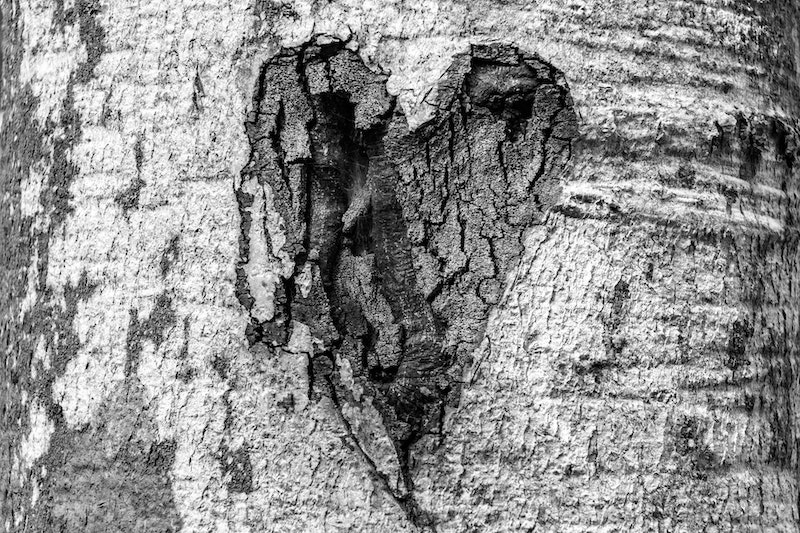Mothering, Scarification and Trauma in the Time of Corona
-
-
Jane G Goldberg
With whole cities and countries now in quarantine, many mothers and children will be spending Mother’s Day apart this Sunday. Meanwhile, parents the world over are beginning to worry about the long-term impact of the pandemic on our children. Psychoanalyst and mother Jane G Goldberg considers the relationship between trauma and transformation, from the meaning our ancestors gave to scars to Freud’s thoughts on birth, and the role of challenges and crises in the forging of identity.

We are currently living in an unrecognisable world. As parents, we worry about the effect of the pandemic of coronavirus on our children: not just if we will get sick, and the consequence of their witnessing our vulnerability; not just if they get sick, and the effect on them of experiencing the fragility of their own bodies. We worry, too, about the long-term effects of this zeitgeist of fear that presently inhabits all our minds. We worry about a long-lasting state of anxiety, a tearing of body and soul, that our children may have difficulty shaking even when the pandemic passes.
It may be useful to think about the challenges we are all facing in a different sort of way, a perspective that takes wisdom from our ancestors.
None of us escapes trauma. And with trauma comes scars – both outward and inward, physical and emotional, seen and unseen. A scar is the body’s/psyche’s/soul’s permanent memory of a breach; it is a mark of violation but it can also be seen and used as an endurable mark of transformation.
Our ancestors highly valued their physical scars. Ancient Egyptian writings tell us that deliberate scarification dates back to 1700 BCE. Scarring, like its present manifestation of tattooing, was a visible depiction of identity. In ancient Greece, people were identified by their scars for the signing of legal documents. If there was no scar, the individual was labeled dsemos: ‘not marked’. The absence of scarring meant the absence of personhood.
With or without deliberate scarification, each of us retains visible evidence of our individual personhood: our belly button is the remnant of the cutting of the umbilical cord, the final and irreversible event of separation from the life-giving source of our mothers’ bodies. Freud identified the birth trauma as the biggest trauma that each of us faces. I don’t think Freud was speaking hyperbolically. He felt that we spend the rest of our lives recovering from the trauma of separation from the breech of the original biological symbiosis with mother. Yet, because of the birth trauma, we become transformed into independent selves: glorious self-governing, self-regulating, self-determining selves.
Humans develop larger scars than any other animal. One theory to explain the magnification of human scarring suggests that scarring developed alongside human intelligence. As we started relying on our brains instead of our instincts to help us escape from dangerous situations, scars served the purpose of reminding us of our past mistakes.
Most of the scars we carry are invisible. I ran a workshop on trauma, and asked everyone to take a red cloth ribbon, and pin it to where they had scars. The room soon became a sea of red. Ribbons on the heart were the most plentiful.
When we become interested in the deeper meanings of our scars, we can begin to see the relationship between our unconscious, our wounds, and our history. Every emotional wound is a historical scar. Scars, either physical or psychological, tell us much about who we are; they are also reminders of who we were. They are like a bodily diorama depicting the traumas and challenges of our lives. Our past and present meet in visual representation in our scars.
As we, and our children, develop scars around the world crisis we find ourselves in, it may be useful to think about the trauma as a process of becoming, and defining ourselves.